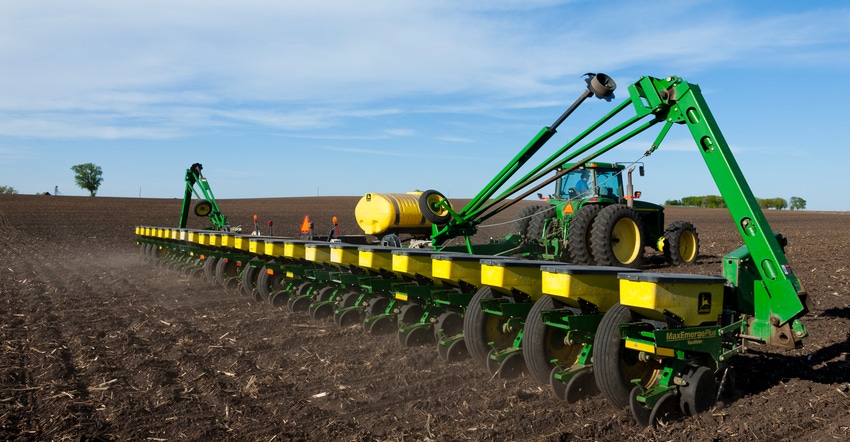
With 2022’s growing season challenged by dry conditions, disease and pests, it’s tempting to plan for the worst in 2023. But planning for success could be a farmer’s best bet going into next year, says Jeff Spieler, Dekalb Asgrow technical agronomist.
Spieler says in some parts of South Dakota, dry conditions caused lower yields in corn and soybeans, where crops experienced severe drought stress. “For the pockets with extreme drought stress near Yankton, the corn didn’t put on much of an ear, so farmers were just chopping it for silage to salvage it,” he says.
Even with less-than-ideal conditions to round out the 2022 crop, farmers should still plan for a successful 2023 harvest.
“We don’t plan for failure,” Spieler says. “We’re trying to do everything we can to minimize the impact if we do get dry again,” adding that the best route is to plan for successful crops and to keep doing what’s worked in the past.
Spieler says keeping planting populations at the recommended density is still the best practice even during drought.
Fall management
Changes for 2023 that may work for some farms is reduced tillage, whether increasing no-till acres, or using strip over conventional tillage. “Something guys are doing right is doing more minimum tillage than in prior years, so they’re really trying to retain as much moisture as possible,” he says.
With fertilizer costs still trending higher than average, Spieler says maintaining fertility helps handle high-stress conditions such as drought. “Drought stress can amplify any issue, so from a management standpoint, everything that isn’t done right has more of an impact,” Spieler says.
Products planted in 2023 may be more tolerant to drought stress, but Spieler says, “We want to stay with our main plan for the most part, and plant for success.”
Where to go from here
Many management decisions for the new year will depend on weather throughout the fall and winter. “A lot of what is done will be determined with what we get before the ground freezes and the snowfall over the winter,” he says.
With the southern parts of South Dakota experiencing the most severe drought, fall and winter moisture could make all the difference for spring planting. “If we can turn this weather pattern around and get some moisture, we can plan for it. Otherwise, we’ll still be waiting to see how it plays out,” Spieler says.
He expects some potential shifts in varieties or hybrids based on drought stress but doesn’t foresee any dramatic changes taking place for farms.
Spieler says they’re seeing regular purchasing patterns for seed and chemical for late fall, so he expects many farmers have already made a plan for 2023. “It’s advantageous from a cost perspective to purchase early vs. late, and then farmers can ensure the hybrids or varieties they want are available for spring,” he explains.
About the Author(s)
You May Also Like






